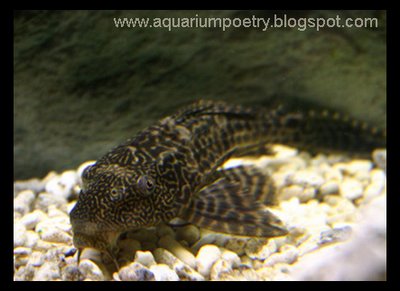Introduction to algae-eaters
Algae eaters are a great addition to any aquarium really, but it is important to regard them with the same status you give to all your other watery pets, making sure that you choose compatible species for your aquarium, and that you're providing them with what they need to live well in the long term. An exception is the case where you have several tanks and then you can move algae eaters temporarily into one tank to help with algae combat, and then bring them back to their home tank when you're satisfied with the results. Always keep in mind though, that they are helpers - algae combat is a daily concern that will always be your responsibility. Avoid making the very common mistake of thinking that just by adding an algae eater to your tank you can now forget about the issue!
The most effective way of using algae eaters to help you keep algae low in your tank is to add different types of algae eaters, because not all eat the same algae, nor from the same type of surface. A combination of snails, shrimps and algae-eating fish is a good way to go. But again, always check for compatibility and fish/invertebrate requirements, please. It is much better to keep them in planted aquariums, since the food sources are wider. NOTE: in general algae-eaters will eat less algae if overfed with commercial food, so try to find just the right amount of feeding so they will be healthy while still scavenging for algae and leftover food.












